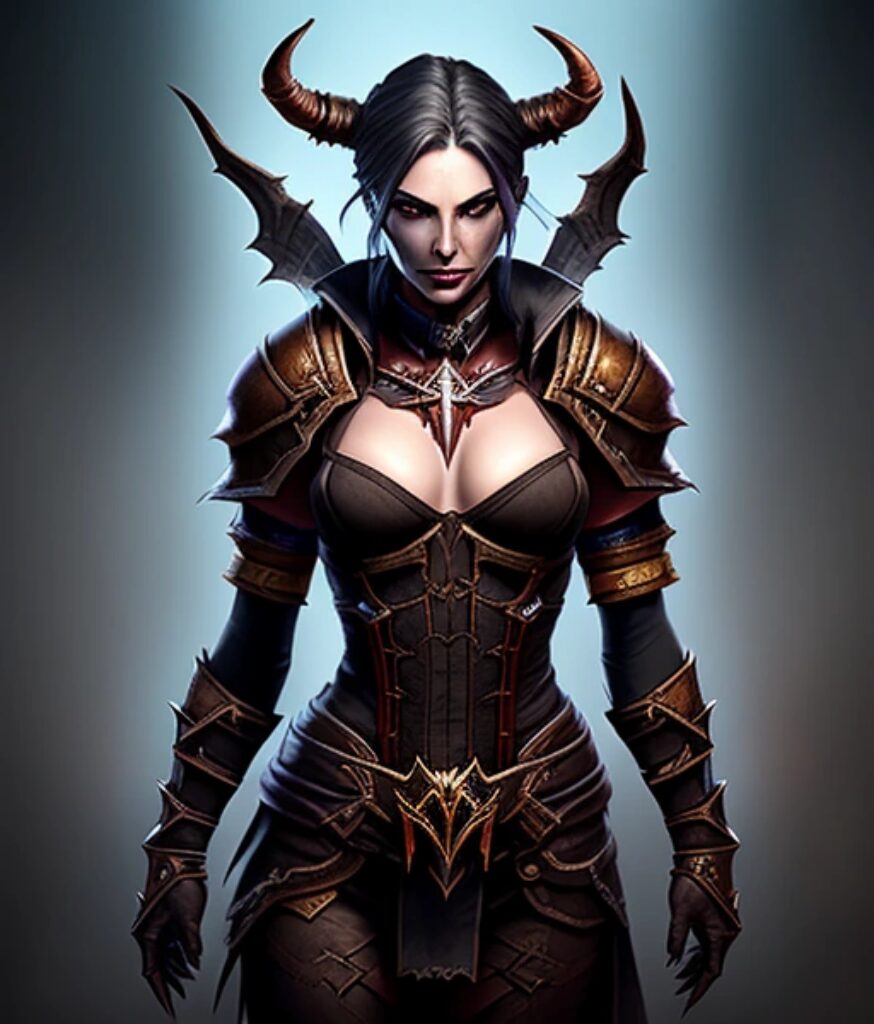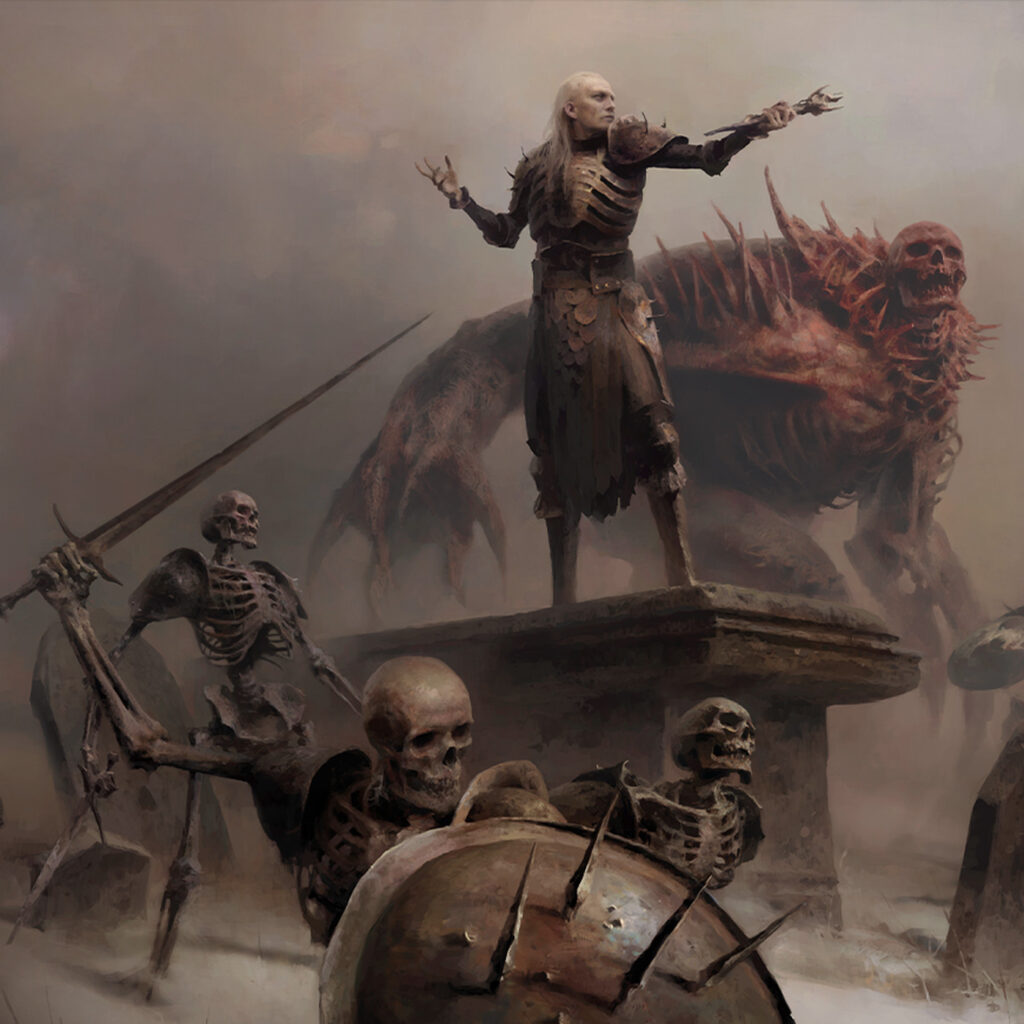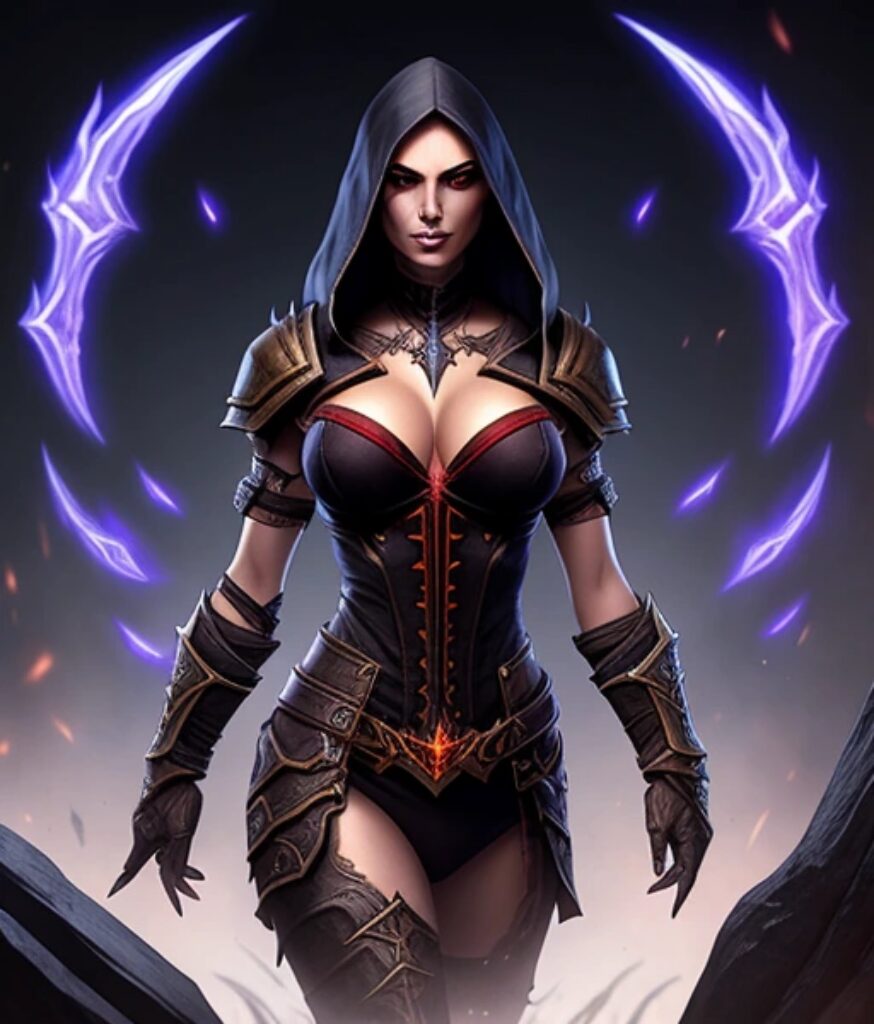When the OBT stage ends and the project enters the release stage, the servers open and all interested players rush to the new world of Diablo 4, which has received its development in terms of graphics, but in all other respects has remained the good old dark fantasy in the RPG style about the confrontation between people and otherworldly beings.
Players who did not actively participate in the testing could miss the moment when they had the opportunity to try out each class and decide on a choice before starting the main path.
Now everyone can test the heroes and choose their main class, on which they will go through the main adventure and additional content, or or click here to order Diablo 4 leveling boost from professional services and continue on their way to high-level difficulty.
Table of Contents
Choosing your character
It will be good if you can try out all 5 classes to understand which one you want to play the most. All heroes are balanced enough for solo players and group leveling, and you can always experiment with builds to determine the direction of the character and change it if the result remains unsatisfactory.
You can choose from 5 classes. Most likely the list will be expanded, as always in the Diablo universe. Many of the characters will be familiar if you’ve played Parts 2 and 3, or are a composite of two old classes that aren’t included in the current version yet, but will most likely be added in the future.
Who can play:
- Mage
- Necromancer
- Barbarian
- Druid
- Demon Hunter
Mage
A strong AoE class capable of dealing massive elemental damage, but dependent on resources, including mana.
Must have a large pool of mana and the ability to regenerate this resource for constant use of procasts. Without casting spells, the mage is quite vulnerable, since he has a weak supply of physical armor and health, and there is no point in pumping them to the full at the expense of attribute points because of the strong sacrifice in favor of damage.
You can choose a school of magic to follow, but it’s ideal if you stick to two branches of development at once, otherwise, as you increase the difficulty levels, you run the risk of encountering monsters with high levels of protection from your element.
Ideally, if you take two elements at once – for example, fire and ice, then you can deal strong burning damage with additional damage over time and ice to slow down and hold opponents.
Even if you come across a strong enemy, then the chance that he will have resistances from two schools of magic at once is small.
Necromancer
An attacking magician with the ability to raise the dead, one of those that are always numerous in gaming locations.
Due to the high concentration of the dead, he always has the resource to recruit and maintain his army of the dead.
The necromancer uses two types of resources at once, which are needed to apply negative effects and summoning abilities.
Essence and corpse parameters are used.
The essence is accumulated through the use of special skills that are needed for their regeneration, and the corpses are replenished by themselves, every time someone dies next to you.
You can choose which soldier from the army of darkness you will call – it can be skeletons, liches and golems. Each unit has its own parameters, type of attack and resource consumption that are required to call.
Potentially, you can form around you a stable army of attacking skeletons, damage-tanking golems and liches that will deal huge damage from the third line, protecting units and the summoner himself.
By the way, if a necromancer dies, then the whole army will die – this is logical and important for playing in a group, and not alone.
It is worth remembering that a necromancer is also a curse master who can poison, reduce damage and reset the general defense of enemies around if you choose this class development format, but it would be better if you combine these skills with the ability to resurrect the dead.
Barbarian
A master of close combat and an expert in handling any type of weapon in order to improve and temper it directly in battle.
The character uses the resource rage, which is accumulated in battles from attacking and defensive actions and, in fact, depends on the very impact of the barbarian on the combat situation.
Rage is needed to activate the main offensive skills and buffs.
The main skill of the barbarian is berserk, which turns the class into a killing machine by increasing the attack potential and attack speed for a short time, also has a direct dependence on the rage parameter.
The hero is able to break into the thick of things and fight comfortably until he uses up all the accumulated rage, and then the potential will be reduced.
You can use any weapon you want and assign the use of certain weapons when using a particular skill.
For each hit on the enemy, the weapon will gain additional power, which can reach up to 10%.
Druid
An offensive class and summoning master who uses the forces of nature and shapeshifting to attack the enemy.
The druid in Diablo 4 can summon animals to fight for them and is a combat alternative for the necromancer class.
You can change your appearance, turning into a bear, or a wolf.
The bear has increased attack and defense, but is slow and has a weakened attack speed, which is compensated by strength.
The wolf, on the contrary, gives the hero mobility and critical attacks, but sacrifices heavy damage and is a form for mobile movement, not combat.
All summoned creatures have a similar focus to the necromancer – absorb damage, deal damage and attack enemies from distant lines.
The power of a druid is calculated in the accumulated spirit parameter, which can be generated using various skills depending on your build.
Demon Hunter
The Demon Hunter is an Assassin/Amazon concept from the popular Diablo 2 and combines both melee and ranged offensive physical damage potential depending on the builds chosen.
An excellent class for leveling due to the use of AoE when shooting and explosive damage with daggers.
The perfect counter to a mage, with a focus on physical rather than magical damage for clearing entire dungeons and boss locations.
It is better to go in the direction of ranged combat, as this reduces the risk of taking fatal damage from unknown monsters, and the archer gets the prospect of doing a lot of damage and destroying enemies without letting them even get close to him.
You can alternate two builds at the same time, but then you have to look for two sets of equipment that will reveal the combat potential of the classes in the best way.










